A major exhibition of work by Tim Walker opens the V&A in London this September, including 10 new photographic projects directly inspired by items from the museum’s permanent collection
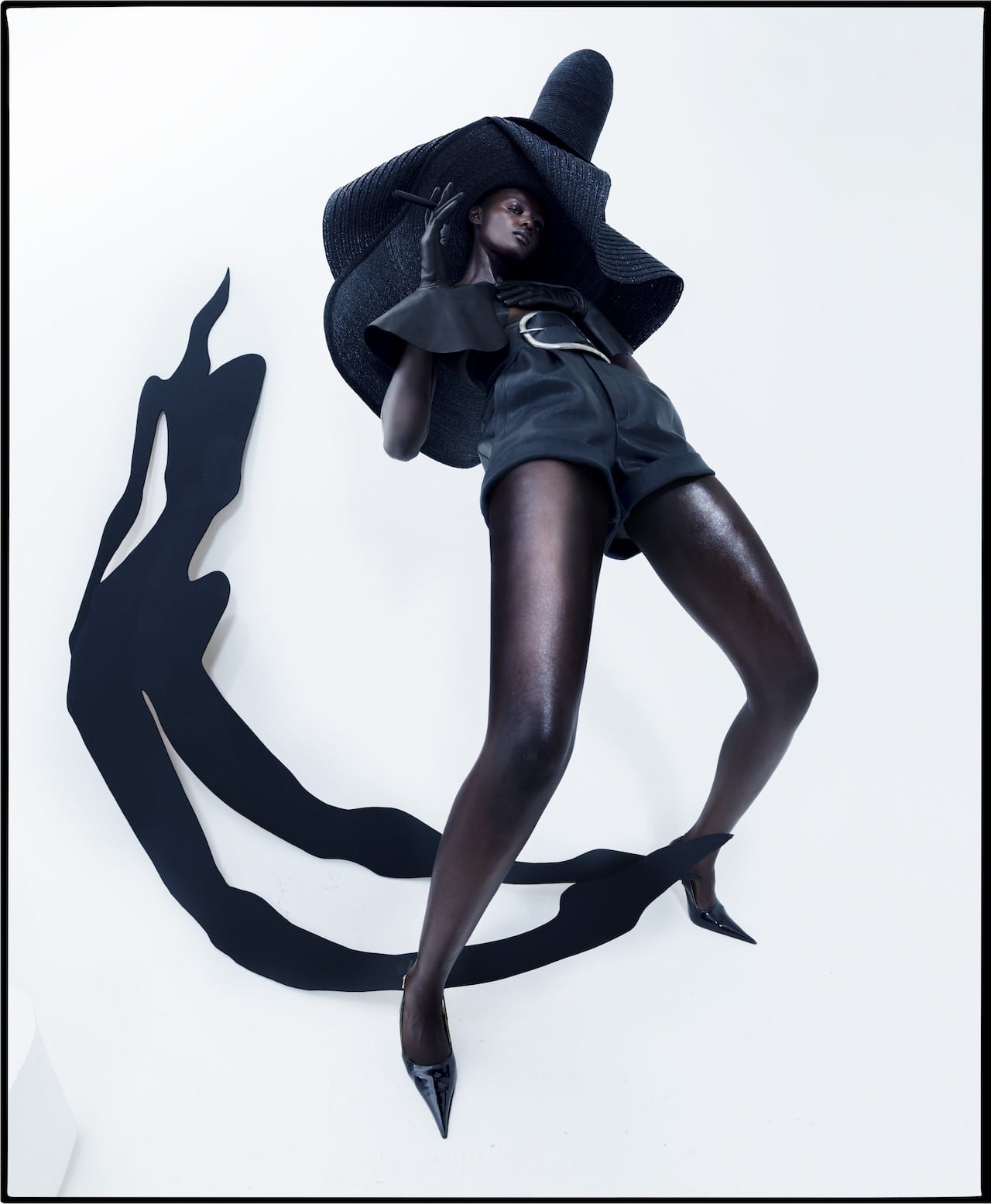

A major exhibition of work by Tim Walker opens the V&A in London this September, including 10 new photographic projects directly inspired by items from the museum’s permanent collection
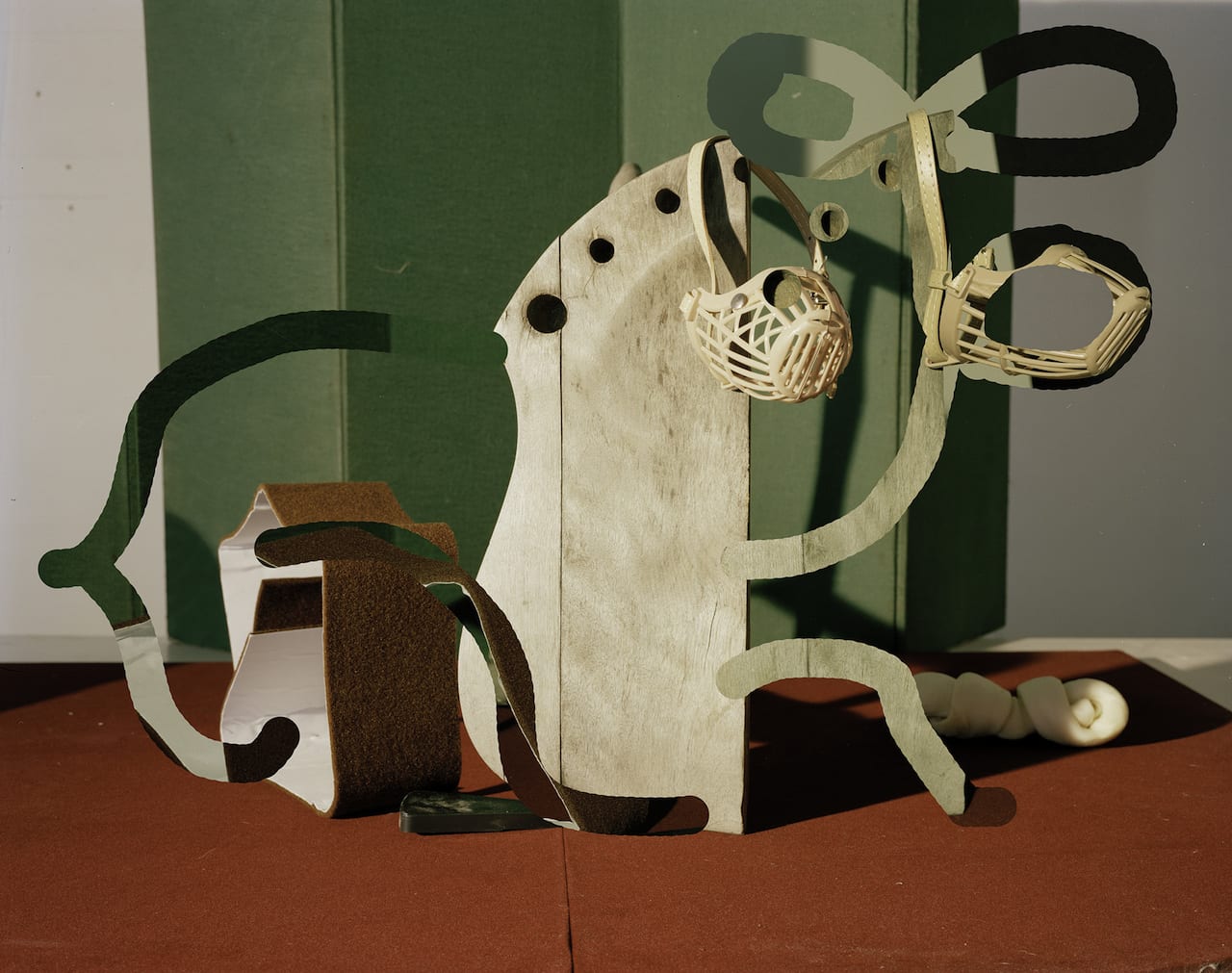
Shooting meticulously set-up still lifes on film with a large format camera, Lucas Blalock scans his images and digitally manipulates them, creating tricksy, mind-bending work that plays with the boundary between reality and fiction. Now it’s fashionable to talk about fake news, but Blalock got in early, poking holes in our trust in images.
It’s earned him an enviable career, with books published by respected outfits such as Morel Books and Self Publish, Be Happy, and solo exhibitions at private galleries such as the White Cube. Now he’s got his first solo show at a public gallery in the US, the Institute of Contemporary Art (ICA), Los Angeles, where he’s showing images made since 2014. Initially he might have seemed part of a movement, but Blalock has carved out a career on his own.
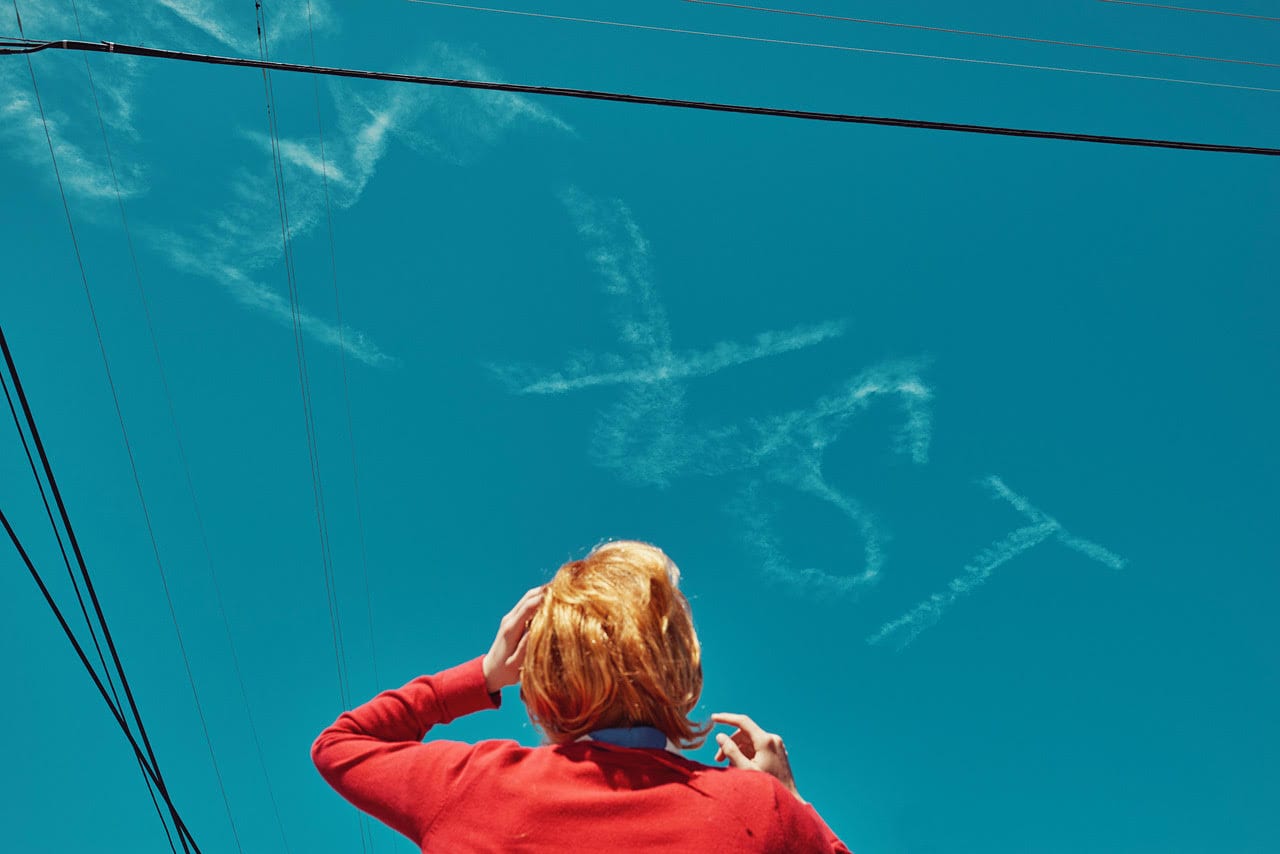
Through the weird and wonderful worlds she creates, Roy escapes the frustrations of modern existence
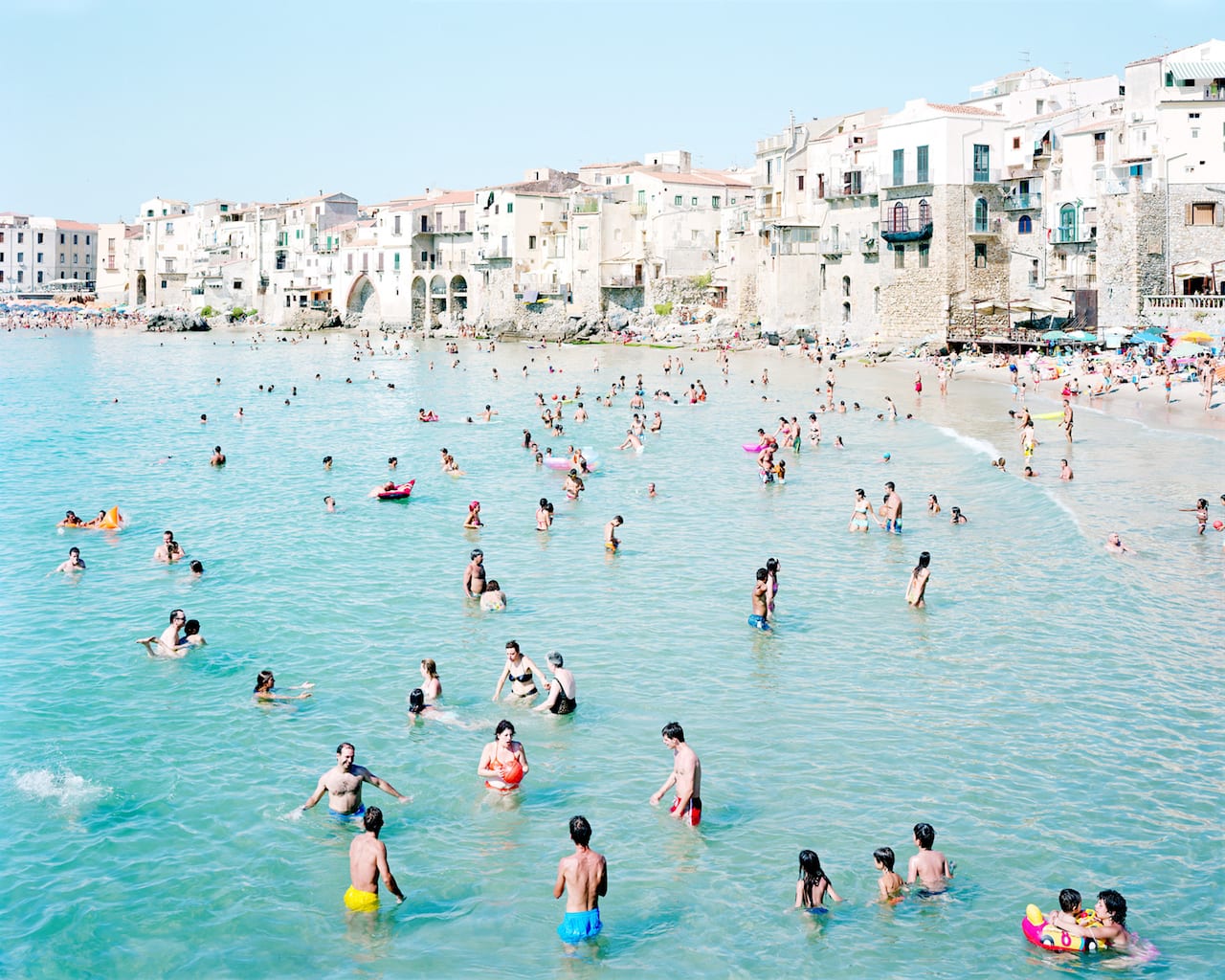
“For me the beach is the perfect place to observe people,” wrote Massimo Vitali on his blog back in July 2018. “In other words, we go to the beach to take pictures of people, not to take pictures of the beach. The beach is the most suitable place to observe human beings’ behavior, the existence of us human beings. How do people share the space on the beach, how are they staring at each other, or are they looking the other way? This is more important than geographical elements.
His new series, Short Stories, features plenty of beach scenes, often shot in his native Italy. Born in Como in 1944, Vitali studied photography at the London College of Printing and worked as a photojournalist in the 1960s and 70s before becoming a cinematographer for TV and film in the early 1980s. He started to shoot large format photographs in 1993, finding fame with his work Beach Scenes in 1995. He’s also shot crowds in other landscapes though, including in nightclubs, and the new portfolio includes these other social spaces as well as beach scenes.
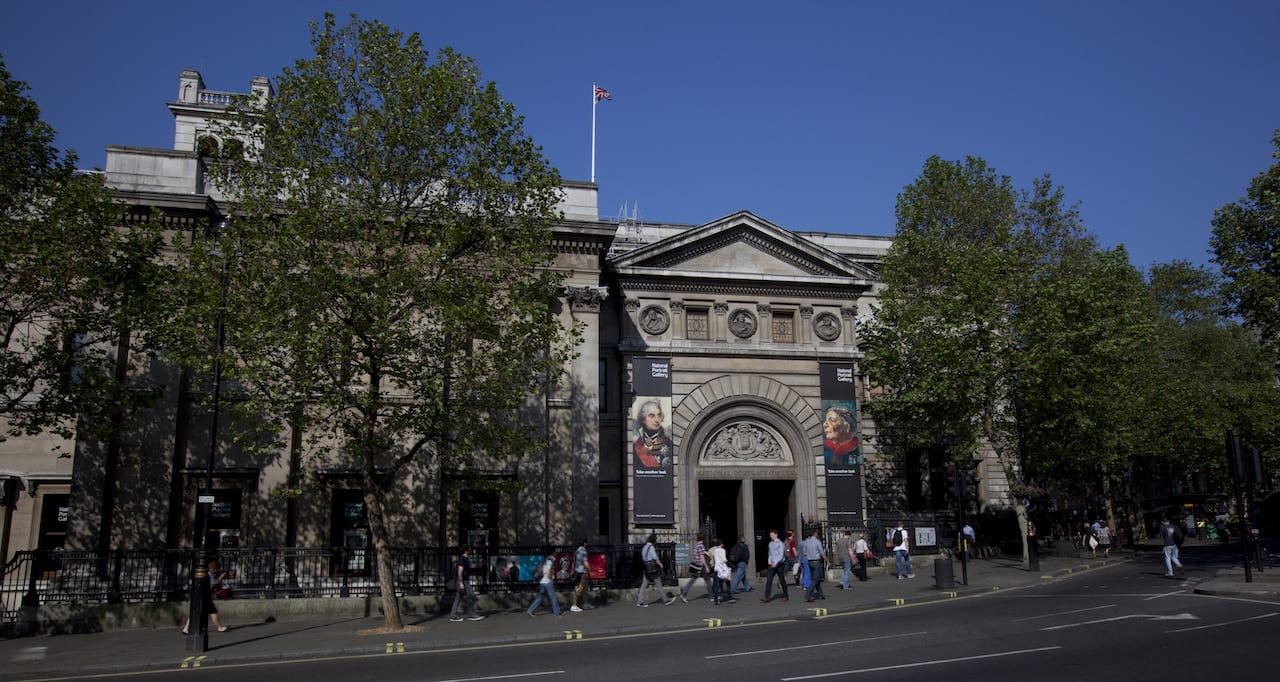
London’s National Portrait Gallery is no longer taking a £1m gift from the Sackler Trust, amid growing controversy over the trust’s links to Purdue Pharma – makers of the OyxContin prescription painkiller which has been linked to the opioid crisis.
The £1m gift was to support the gallery’s Inspiring People initiative, a £35.5m project which would see the biggest-ever building development of the gallery since it opened in 1896. The NPG has stated that it has jointly agreed not to proceed with the gift with the Sackler Trust, and has issued two statements.
“The Sackler Trust has supported institutions playing crucial roles in health, education, science and the arts for almost half a century and we were pleased to have the opportunity to offer a new gift to support the National Portrait Gallery,” reads the first statement, from a Sackler Trust spokesperson. “The giving philosophy of the family has always been to actively support institutions while never getting in the way of their mission.
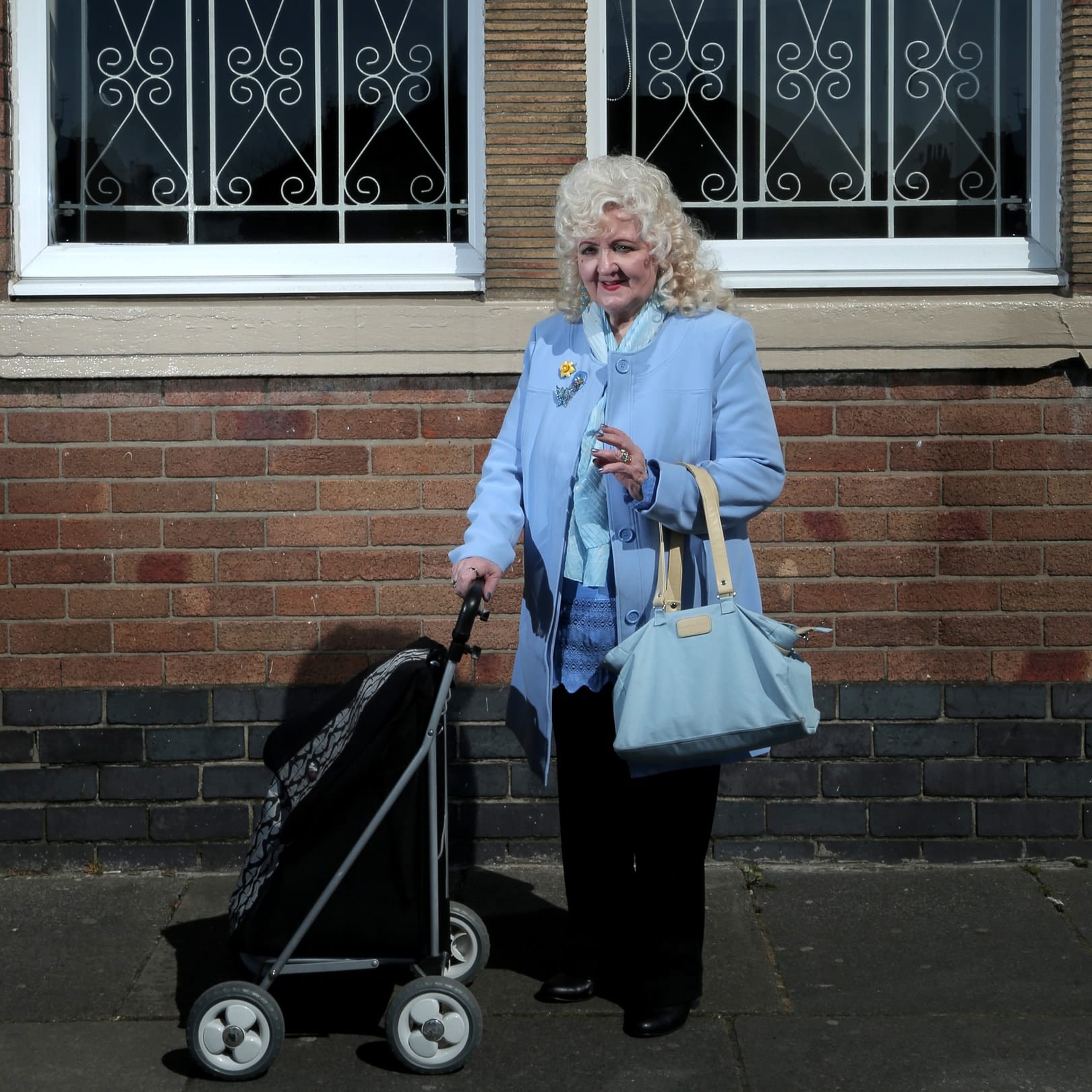
Documentary photographer Danyelle Rolla is proud of her roots. That much is clear from her…
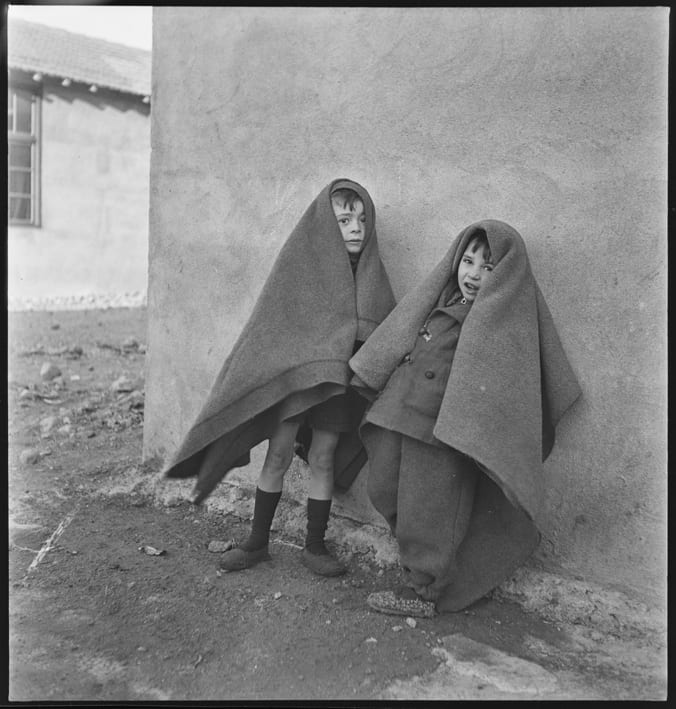
In 1939, Spanish refugees started to flee the country’s bitter civil war, in a movement that’s become known as the Retirada [the ‘withdrawal’]. More than 450,000 men, women, and children crossed the border into France in February 1939 alone, following the fall of the Second Spanish Republic and the victory of General Franco. France, anticipating the mass migration, had started to make provisions for the refugees, but underestimated the sheer numbers. Many ended up on the beaches in makeshift accommodation, and by 1940, some 50,000 had ended up in a series of camps. Diseases such as dysentery were rife, and the mortality rate high.
One of the camps was Camp de Rivesaltes, also known as Camp Maréchal Joffre. Built in 1938, near Perpignan and just 40km from the Spanish border, it had originally been intended as a military base but, following the Retirada, the French government decided to use it as an internment camp. By January 1941 was housing more than 6500 refugees though, as by then World War Two had broken out, half the camp was Spanish – the other half Jews who had fled various counties and French gypsies. In just under two years, the camp housed some 17,500 people, just over half from Spain, 40% Jewish, and 7% French gypsies.
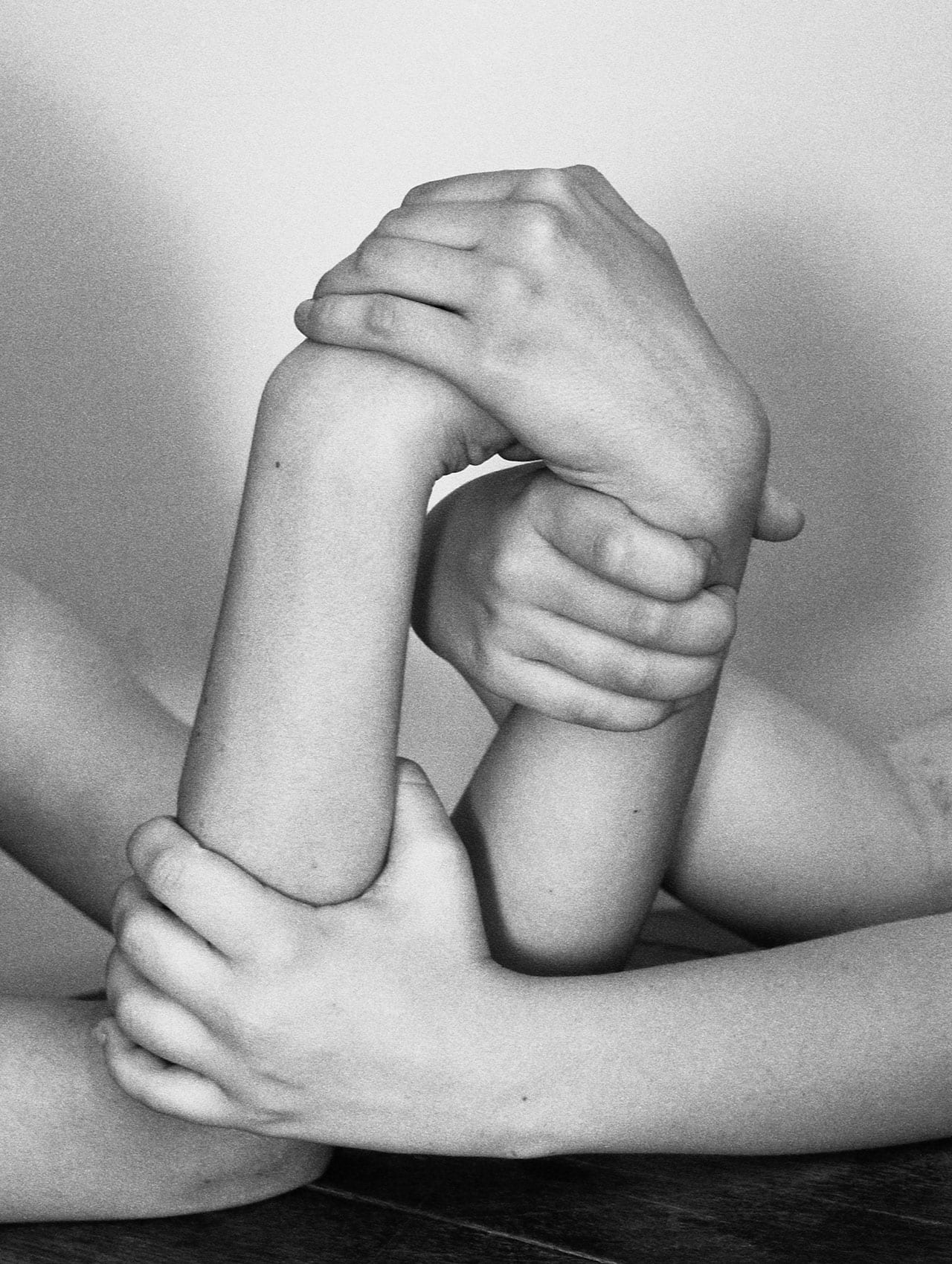
Born in Poland in 1985 and based in London, Joanna Piotrowska has had a stellar career so far. Studying photography at the Academy of Fine Arts in Kraków and then on the prestigious MA at London’s Royal College of Art, she won MACK’s First Book Award in 2014 with FROWST, and then the Photoworks & Jerwood Award in 2015. She’s already shown her work at the Winterthur Fotomuseum, Switzerland, MoMA in New York, Hayward Gallery, Institute of Contemporary Arts and Sadie Coles in London, and now her first solo show has opened at Tate Britain.
Titled All Our False Devices, the exhibition includes both still photographs and 16mm films to consider gestures, relationships, and power. The series Self Defense, 2015 shows young women re-enacting poses from self-defence manuals, for example, while Shelters, 2016-2018 shows makeshift structures Piotrowska invited people to build at home in Lisbon, Rio de Janeiro, Warsaw, and London.

Maurice Scheltens and Liesbeth Abbenes have long been preoccupied by perspective. In fact, this year is the 18th that the artist duo – partners in life, as well as in work – have spent creating their painstakingly controlled scenes to capture on camera together. Translating their immaculately constructed three-dimensional sets into technically precise two-dimensional images, they have made a name for themselves with rich, playful and illusory works that toy with spatial dimensions, and which, though aesthetically pleasing, are conceptually rigorous first and foremost. The concept, Abbenes assures us, always precedes the picture.
Their spring exhibition at Amsterdam’s Foam Museum (from 15 March to 05 June) is something like a retrospective, giving the Dutch duo an opportunity to look back over almost two decades of work from a new perspective. And true to form, they are first rearranging the rooms their work will inhabit by uncovering windows that have not been opened in many years. “We will have light and some fresh air, hopefully. We have to give up walls for that, but it’s good to have a bit of the outside world coming in,” they say. Shifting the dimensions and conditions of the space itself will alter the way viewers see the work, and that typifies their approach to the exhibition, rethinking how the works will appear in this new context, and how they relate to each other.